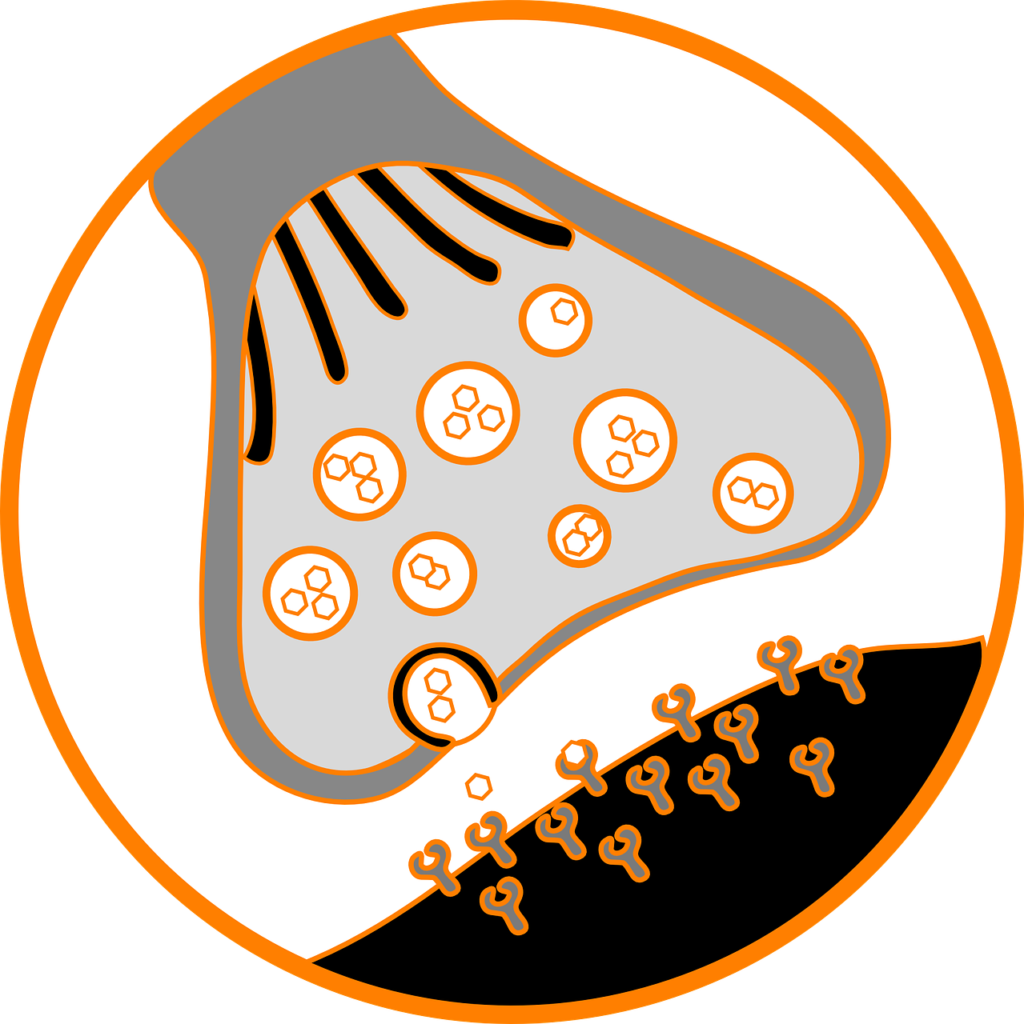Discover comprehensive information for all aspects of sexual health and find resources and guidance to empower your sexual well-being.
Erectile dysfunction (ED) is a common condition that affects millions of men worldwide, causing distress…
Discover comprehensive information for all aspects of sexual health and find resources and guidance to empower your sexual well-being.
Erectile dysfunction (ED) is a common condition that affects millions of men worldwide, causing distress…
Achieving and maintaining a strong penile erection is a common concern for many men. It…
Erectile dysfunction (ED) is a common condition affecting men, often characterized by the inability to…
Erectile dysfunction (ED) is a condition that many men face at some point in their…
The International Society for the Study of Women’s Sexual Health describes Hypoactive sexual desire disorder…
The underlying cause as well as the severity of pain determine the varied treatment approaches…
Commitment issues can often manifest in romantic relationships, work, and other personal or professional spheres.…
Biological Reductionism is the idea that states that human psychology can be reduced to biology.
Table of Contents
ToggleReductionism, a psychological theory, centers on simplifying complex phenomena by breaking them down into their most basic parts.
The reductionist approach frequently opposes holism, which emphasizes viewing things in their entirety.
Reductionism means breaking things down to understand them better. For example, to know a car, we’d look at its engine, body, and interior parts.
While this helps in some research, it has limits. Full things have unique qualities (emergent properties) not seen in their parts. Studying a car’s pieces won’t tell us how comfy it is inside or it’s gas mileage. We only get the full picture when all parts are put back together.
Scientists studying human behavior from this perspective examine the parts of the brain and body. By understanding each part, they gain insights into how the whole functions.
In psychology, reductionism works at different levels. At a basic level, it might focus on:
At higher levels, reductionism can broaden its scope to explore various psychology topics. For example, it might investigate how social interactions and culture shape people’s thoughts and actions.
The reductionist approach to science is often compared to the holistic approach, which considers things as a whole rather than concentrating on individual parts. The holistic approach values each component but emphasizes that comprehending the entire picture involves examining how these parts operate on various levels and how they interact and impact each other.
In psychology, several areas lean towards a more holistic approach to understanding human thought and behavior. Social psychology, humanistic psychology, and positive psychology, for instance, prioritize grasping how people function as a whole rather than delving into a narrow aspect of the human experience.
Biopsychology, also known as biological psychology or psychobiology, takes a reductionist approach by explaining psychological phenomena through biological processes like brain activity, neurotransmitters, hormones, and genetics. It simplifies complex behaviors and mental states into fundamental biological components.

The cause of mental illnesses is often explained in reductionist terms, emphasizing genetics and neurochemical imbalances. For instance, schizophrenia is linked to excess dopamine production.
This reductionist perspective influences treatment approaches. Gender is sometimes simplified to biological factors like hormones, and language is linked to brain structures like Broca’s Area and Wernicke’s Area. Similarly, aggression is reduced to factors like testosterone levels.
Behaviorism focuses on what can be seen and ignores internal thoughts, simplifying human behavior to responses influenced by the environment. It uses simple terms like stimulus, response, reinforcement, and punishment to explain all behavior. This is called environmental reductionism because it breaks down behavior into basic S-R (stimulus-response) elements. Behaviorists see complex behavior as a series of these S-R links, reducing the idea of the mind to these behavioral components.
The goal of structuralism was to analyze the basic components of the mind and understand its structure. Using introspection, trained observers reported their conscious experiences in response to specific stimuli.
By breaking down mental processes into basic elements like sensations and feelings, structuralists believed they could comprehend the overall structure of human consciousness. Essentially, they aimed to simplify complex cognitive experiences into simpler parts.
Cognitive psychology, which explores internal mental processes like thinking, memory, perception, and problem-solving, is less reductionist compared to behaviorism or biopsychology but still incorporates some reductionist elements.
In studying complex mental processes, cognitive psychology often breaks them down into simpler components. For example, memory is analyzed in terms of short-term, long-term, and sensory storage, as well as processes like encoding, storage, and retrieval. The goal is to understand the broader function by examining these basic components.
Despite this simplification for study purposes, the cognitive approach acknowledges the complexity and interactivity of mental processes. It doesn’t typically reduce behavior or cognition to just one underlying factor or mechanism but strives to create models that depict the interplay and organization of various cognitive functions.
Cognitive psychology applies machine reductionism to describe and explain behavior. This idea sees organisms, including humans, as machine-like entities, breaking down complex systems and behaviors into individual parts, similar to the components of a machine. Machine reductionism is commonly used in certain areas of biology, neuroscience, and psychology.
When we think about reductionism, the psychodynamic approach shows elements of both reductionism and holism.
On one side, it can be seen as reductionist because it often links complex behaviors and mental states to a few hidden unconscious drives and conflicts, particularly those related to sexuality and aggression. For example, a phobia might be seen as a displaced childhood fear.
On the flip side, the approach is also holistic. It considers an individual’s entire life experiences, especially their early development, and sees behaviors as a result of complex internal processes and conflicts. It doesn’t just focus on the behavior itself but delves into the underlying psychological forces driving it.
Breaking down complex behaviors into smaller parts allows for scientific testing, leading to the emergence of explanations based on evidence over time.
For instance, studying the genetic basis of mental disorders has helped identify specific genes thought to be linked to conditions like schizophrenia.
This reductionist approach enables the identification of scientific causes behind the behavior, advancing the possibilities for scientific study.
In the realm of mental disorders, a reductionist approach has contributed to the development of effective chemical treatments.
For example, we can observe how the brain reacts to specific musical sounds using a scanner, but a scanner can’t unveil how you feel when you hear certain pieces of music.
Just because a brain region linked with fear is active during music listening doesn’t automatically mean you feel afraid.
In this situation, being reductionist isn’t a valid method for measuring emotions.
Reductionism offers significant benefits, but it also comes with notable drawbacks that should be acknowledged.
Reductionism’s intense focus on smaller elements contributing to a phenomenon may overlook other influential forces, providing an incomplete picture.
For example, in a biological approach to explaining depression, researchers might concentrate on chemical reactions within the body, potentially leading to medical advances. However, this approach may exclude other contributors like cognition, hereditary influences, personal problems, substance abuse, and various variables.
While reductionism delves into components in-depth, it overlooks the interaction between these variables.
Most phenomena have multiple causes, and complex systems are dynamic. Reductionism allows a detailed examination of individual components but doesn’t explore how these elements work together. Understanding the interplay between components often provides a clearer picture of how something functions overall.
Critics of reductionism often argue that this approach oversimplifies complex phenomena. However, this doesn’t discount the usefulness of the reductionist approach. Human behavior is frequently diverse and intricate, making it valuable to break certain aspects down into smaller parts for varied understandings.
While relying solely on reductionism might result in knowledge gaps, using this approach to explore specific topics can be informative. The choice between a more reductionist or holistic approach often depends on the particular topic and situation. Each approach has its merits, and its utility depends on the context in which they are applied.
References
Dr. Nishtha, a medical doctor holding both an MBBS and an MD in Biochemistry, possesses a profound passion for nutrition and wellness. Her personal journey, marked by significant struggles with physical and mental health, has endowed her with a unique empathy and insight into the challenges countless individuals face. Driven by her own experiences, she leverages her background to offer practical, evidence-backed guidance, empowering others on their paths to achieving holistic well-being. Dr. Nishtha truly believes in the interconnectedness of the mind and body. She emphasizes the significance of understanding this connection as a crucial stride toward attaining balance and happiness in life.

